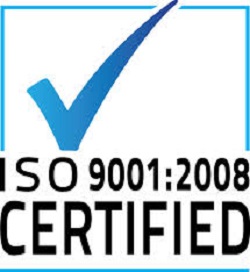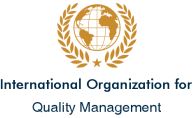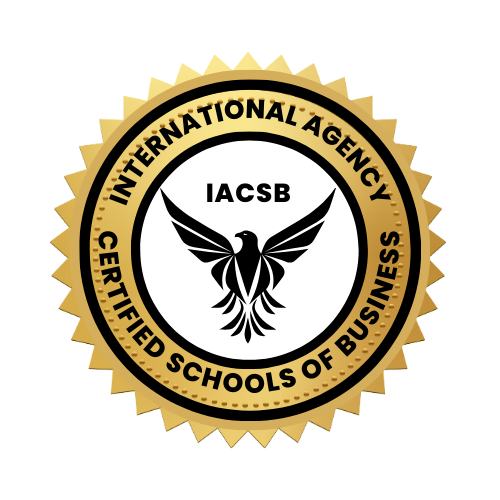


How the USAEconomy Works
In
every economic system, entrepreneurs and managers bring together natural resources, labor, and technology to
produce and distribute goods and services. But the way these different elements are organized and used also
reflects a nation's political ideals and its culture.
Basic Ingredients of the U.S.
Economy
In the early years of the 20th century, large numbers of Asians immigrated to
the United States, while many Latin American immigrants came in later years.
|
|
USA - Asia - Russia - India - EU - West Indies - China - Indonesia - Latin America - Arabia - Africa

Best Online University - Online Nursing Degrees
Home Home ACBSP About About AABFS CFM Chartered Financial Manager Requirements Certifications Board Course Certifications Benefits Online Certification Convert Courses To Certification Recognition Qualifying Degrees Training Providers How To Use CEO Message Register Accreditations IAF CERT EU Accreditation News Handbook Mission Contact Us Certified Data Analyst Wealth Management Sample Test Quiz PSA ERM Article Application Apply Global Advisors instructions AAMBFS Old Online Certification FINTECH CAIFP Certified Artificial Intelligence in Finance Professional ™ CHFM CHARTERED FINANCIAL MANAGER Dubai UAE INFORMA Training 2019 Events In House Training Speakers About Old Chartered Wealth Manager News Sri Lanka & The Maldives Ethics CWM Training Program Magazine of Wall Street CWM Chartered Wealth Manager Cert Brazil UBT AMA Reg. Payments Registration NewMembers IP payment Corporate Discount payments HomeCoPY Paper Award Home George Mentz Colorado Springs CEO GAFM - Global Academy of Finance & Management charteredwealthmanager Ghana AFAPayment AFAPPC GetCertifiedPPC GetCertifiedPPC2 Stock Markets Training Calendar FINRA MFP Financial Planner AFA Chartered Certified Economist Certified Financial Analyst FINRA SEC Chartered Wealth Manager Training Verify Member indonesia malaysia Guides Informa GAFM Guides Jamaica Membership Governmental Recognition Links Financial Planner Program Chartered Economist CCO Higher Institute IP List Be a Training Provider Management Consulting Jobs Project Management Certifications CWM Chartered Wealth Manager Terms Deans Letter AFA Approved Masters Degrees Economics Certification Economics Degrees Management Degrees Finance Degrees Accounting Degrees Exams Renew Certification Continuing Ed Awards Letter Renew 2014 Sample Honor Society Trademarks Careers Government Jobs Complaint pics Mentz George Mentz Lawyer Mentz George Colorado USA Speaker Consultant AFA ® Accredited Financial Analyst Certification ChFM Chartered Financial Manager ® Accredited CTEP ® Trust and Estate Certification CIPM ® Certified International Project Manager CWM ® Chartered Wealth Manager ® AMA ® Management Accountant Certification AMC ® Management Consulting Certification MMC ® Management Consulting Certification Book Chartered Fraud Investigator Journal
Reference to FINRA Certification Guide & Standards
FINRA EDUCATION CWM Chartered Wealth Manager ® Chartered Financial Manager ® AFA Accredited Certified Financial Analyst ® AMA Accredited Certified Management Accountant ® CAM Chartered Asset Manager CTEP Chartered Trust and Estate Planner ® RFS Registered Financial Specialist CMA Chartered Market Analyst FAD Financial Analyst Designate CPM Chartered Portfolio Manager - IACSB * Chartered Financial Manager FINRA * Certified Risk Analyst FINRA * MFP Master Financial Planner ® - Aspen Commission









